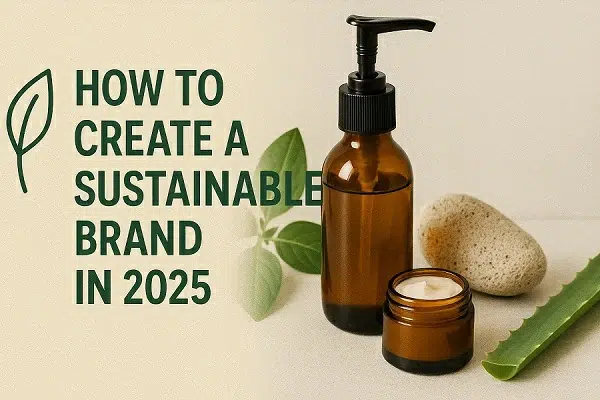A Quick Answer for U.S. Beauty Brands
If you’re an American cosmetics brand sourcing from China, the U.S.-China tariff situation can significantly impact your margins and production planning. To stay competitive, brands should reassess their supply chains, explore flexible sourcing options, and build tariff-proof strategies that ensure long-term growth.
This article breaks down 10 practical and strategic recommendations to help you respond effectively to current and future tariff developments.
1. Reevaluate Your Supply Chain Diversification
Relying exclusively on one country for manufacturing—especially under unpredictable trade conditions—can be risky. While China remains a powerhouse in cosmetics production, consider adding secondary suppliers in regions like Vietnam or Mexico.
➡️ Harvard Business Review explains how diversified supply chains increase resilience.
2. Leverage Private Label Programs to Minimize Risk
Private label cosmetics with low minimum order quantities can reduce your financial exposure during periods of instability. These ready-to-launch solutions are ideal for brands looking to test new product categories without committing to large investments.
High-volume custom production may carry greater risk under volatile tariffs, while private label lines offer a fast, cost-effective alternative.
3. Optimize Product Packaging for Customs Valuation
Did you know that packaging can influence your import duties? Simplified or eco-friendly packaging not only aligns with market trends but can also lower customs value assessments.
The U.S. Customs and Border Protection outlines how product presentation can affect declared values and duty rates.
4. Monitor Tariff Classifications Closely
Misclassification of your goods can result in unexpected costs. Work with a customs broker or legal trade expert to ensure accurate HS codes and descriptions. Even slight discrepancies may result in retroactive penalties or shipment delays.
Resources like Export.gov provide guidance on product classification.
5. Use Timing Strategies to Your Advantage
If your factory provides flexible production schedules, plan larger shipments during periods when tariffs are relaxed or postponed. Historical data often shows seasonal or political cycles influencing trade policy.
Maintain proactive communication with your supplier to align production with favorable windows.
6. Consider Nearshoring for Select Product Lines
Certain non-core SKUs (such as makeup sponges or accessories) can be manufactured closer to your market in the Americas. This hybrid model reduces logistics costs and helps mitigate the risks of heavy reliance on overseas sourcing.
This approach is gaining momentum in the beauty industry, especially among brands prioritizing quick turnaround times.
7. Collaborate Transparently with Your Manufacturers
Chinese manufacturers, especially those experienced in contract manufacturing, often adapt quickly to policy changes. Open communication can lead to shared risk-mitigation strategies like delayed invoicing, revised Incoterms, or temporary storage.
When you’re aligned with your production partner, you’re more agile and resilient in response to shifting regulations.
8. Use Strategic Warehousing to Control Costs
U.S. brands can benefit from third-party warehouses in free trade zones or tax-exempt logistics centers to delay import formalities until product release. This reduces the impact of short-term tariff surges and provides operational flexibility.
Companies like Flexport offer supply chain services that help brands manage global inventory flow more effectively.
9. Focus on Margin-Protecting Product Innovation
Prioritize high-margin products with distinct formulations or unique value propositions. Even under higher tariff rates, consumers are often willing to pay for innovation, especially in categories like long-wear lipsticks, vegan cosmetics, or multifunctional products.
Strong brand value offsets cost increases more effectively than discounting.
10. Stay Informed and Plan Proactively
Trade policies can change rapidly, especially in an election year or during economic realignments. Subscribe to reliable trade news sources and maintain close contact with your logistics providers and manufacturing partners.
Building a proactive, rather than reactive, system can be your competitive edge.
Conclusion: Be Flexible, Stay Competitive
U.S. cosmetics brands don’t need to retreat from international sourcing because of tariffs—but they do need to adapt. By combining flexibility, smart planning, and a strong relationship with trusted manufacturers, you can navigate trade tensions and continue growing globally.
Want to explore private label or contract manufacturing options with flexible MOQs and fast turnaround? Aurora Global Brands offers tailored solutions for U.S. brands navigating uncertain trade environments.







